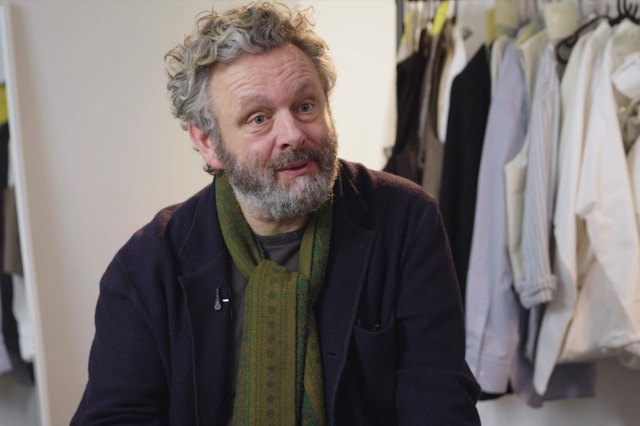Brief Encounter With … Belt Up Theatre
York-based theatre company, Belt Up, stormed this year’s
Edinburgh Fringe, presenting 10 shows at the House Above, their
purpose-built theatre environment at C venues. This month sees the company bring
three of those productions to the Southwark Playhouse for a three-week run from
9 to 27 November.
Lorca is Dead: Or a Brief History of Surrealism, by Dominic J Allen, tells
the story of the Spanish poet’s life and death, Atrium, by
James Wilkes, is a meta-play about one man’s refusal to conform to the world’s
expectations, and Quasimodo, by Jethro Compton, is a
reimagining of the Victor Hugo’s novel, The Hunchback of
Notre-Dame. The three writers, who founded Belt Up along with
Alexander Wright in 2008, also variously direct, produce, design and act in the
company’s shows, in what is a truly collaborative creative process.
Here we talk to Wilkes about the challenge of the London
transfer, putting on three shows a night and audience interaction.
Your Edinburgh season featured 10 plays, which
have been whittled down to just three for the Southwark run. How did you go
about choosing which ones to present in London?
The main reason why we picked them was that it made most
sense in terms of the cast sharing. So Lorca has a cast of
eight and then the other two are split into two casts of four.
All three shows were performed at House Above at the Fringe,
which was built with those shows in mind. Have you had to make a lot of changes
to adapt the shows to their new home in Southwark?
Lorca is Dead and
Atrium will be in the main space at Southwark Playhouse but
we’re dressing that up as quite a luxurious kind of study, so it’ll be an
immersive space and will be fairly similar to the one we had in Edinburgh.
Thankfully it’s a lot larger so there’ll actually be some space to act in,
which was a big problem in the House Above. You add 50 people into it and you
end up having to act in a corridor. We’ll actually have the space to move
around in. And Quasimodo’s taking place in the vaults, in
the back part of Southwark Playhouse, where it will be beautifully atmospheric.
It’ll be quite a different setting – it was in a junk room in the House Above –
but it’s the same kind of atmosphere: close, intimate and spooky.
You brought two shows from your 2009 Edinburgh
run to Southwark this time last year. How do London audiences differ from Edinburgh
ones?
Last year we learnt very quickly that the London audiences
are totally different, in that they expect more and they play a lot more.
They’re quite used to the style of theatre; they’ve experienced it. In London
people really play with us, which is great. We find it very rewarding, because
that’s what it’s all about, blurring the lines between performers and audience.
We give them a lot of agency and it’s nice to see what they come up with.
What is the ideal state of mind for someone
coming to see one of your shows?
Not coming with any kind of pre-decided ideas of how they’re
going to behave. Just coming open-minded and seeing how you feel within the
piece. You’ve got a lot of people who’ll see our shows and retrospectively
think, ‘oh, I wish I’d done that, I wish I could go back and try that’, but
that’s kind of not the point, it’s how the piece makes you feel then and there
and what you choose to do.












